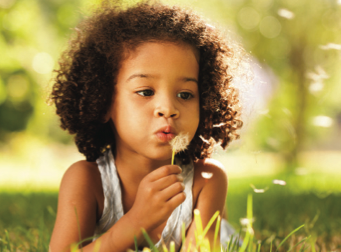Children and the grieving process
 Children should be as involved in the grieving process as adults are, but caring adults should provide the proper support for the child’s grief. This support is important for the child’s healing, allowing them to reconcile their loss. Here are a few tips in guiding you through the grieving process with the little ones in your family.
Children should be as involved in the grieving process as adults are, but caring adults should provide the proper support for the child’s grief. This support is important for the child’s healing, allowing them to reconcile their loss. Here are a few tips in guiding you through the grieving process with the little ones in your family.
Choosing the right words:
- Be direct and honest, don’t be afraid to use words like “death”
- Avoid euphemisms like “Mommy will go to sleep”
- Don’t try to predict how much time the parent has remaining to live
Understanding children’s grief:
- Children grieve differently than adults
- Displays of grief come and go; the child may cry one moment and appear carefree while playing the next
- Play is how children “process” information, not through conversation like adults
- Children tend to be comfortable expressing their feelings when drawing or playing. This can be a helpful and safe way for the child to communicate with you
- Help the child stay connected to the deceased parent, through memories, by encouraging the child to create a memory box, write a letter, draw a picture, create a collage, or by having a favorite piece of clothing or jewelry
- Educate yourself about the various feelings related to loss and how the child’s age affects their understanding of grief and expression of those feelings
- While a child is grieving, it is important to maintain structure and a regular schedule
Utilizing outside resources:
- School can be a place of rest and reprieve for the child
- Communicate the child’s situation to school officials immediately and maintain close contact throughout the illness
- Use community resources such as child-specific grief groups or organizations
Suggested literature for children:
- The Invisible String, by Patrice Karst (3 yrs and up)
- When I Miss You, by Cornelia Maude Spelman (2 yrs and up)
- When Dinosaurs Die, by Laurie Krasny Brown and Marc Brown (5-12 yrs)
- Straight Talk About Death to Teenagers: How to Cope with Losing Someone You Love, by Earl A Grollman (Teens)
- I Wish I Could Hold Your Hand…A Child’s Guide to Grief and Loss, by Ed.D. Pat Palmer and Dianne O’Quinn Burke (9 yrs and up)




